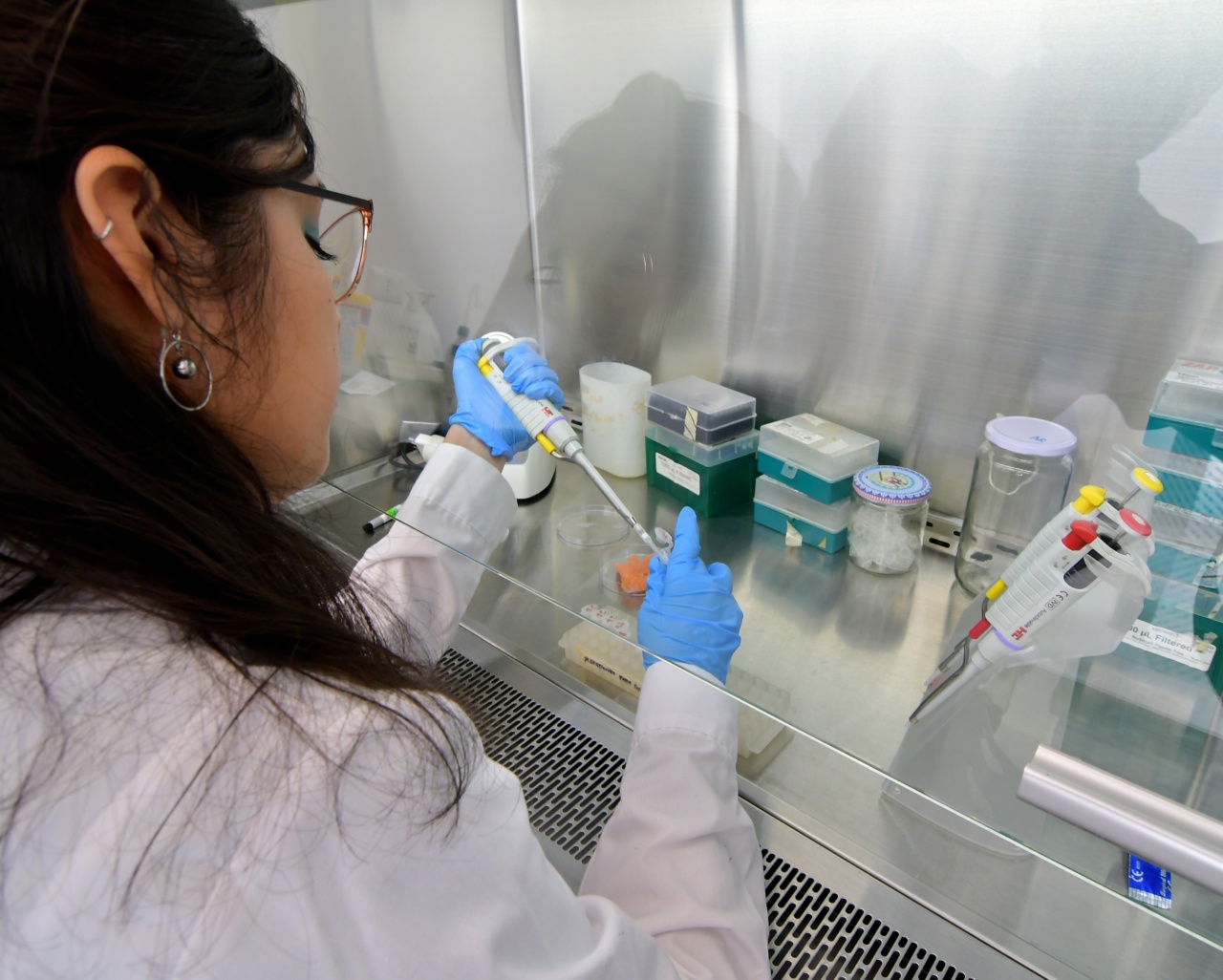It is a well-known fact that women experience more side effects while taking medication than men. But the reason behind it is not commonly understood.
Despite extensive research, the underlying causes of these gender-based differences in drug responses are still unclear.
: Factors Contributing to the Problem
There are several reasons why women are more susceptible to adverse drug reactions:.
: 1. Hormonal Differences
Hormones play a significant role in the metabolism of drugs, and women have unique hormonal profiles that can alter the way their bodies process medications.
For example, estrogen can enhance the activity of some enzymes that break down drugs in the liver, leading to a higher rate of metabolism and subsequently, lower bioavailability of drugs. In contrast, progesterone can inhibit these enzymes, resulting in less efficient metabolism and higher drug concentrations. These variations can ultimately lead to different rates of drug clearance, efficacy, and toxicity between men and women.
: 2. Body Size and Composition
Women generally have a lower body weight and volume than men, leading to higher concentrations of drugs in the bloodstream.
The fat percentage of a woman’s body is higher than that of men, meaning that there is a greater distribution of lipophilic drugs in the body, leading to a longer half-life of medications in the female body, which can result in more side effects.
: 3. Differences in Enzyme Expression
Sex steroids are known to play a role in the expression and activity of various enzymes involved in drug metabolism.
Women have a different profile of the Cytochrome P450 (CYP) enzyme system than men, which can lead to major differences in drug processing. Some studies suggest that women have more CYP-mediated metabolic pathways than men, leading to a higher frequency of drug interactions.
: 4. Lack of Research on Females
The majority of clinical trials are conducted on men, with limited involvement of women. As a result, the effectiveness and safety of many drugs have only been studied in men.
With increasing recognition and advocacy, the scientific and medical communities are starting to realize the importance of including more women in clinical trials, but progress is slow.
: 5. Social and Behavioral Factors
Women may be more likely to experience side effects from medications because they are more likely to take prescribed medications than men.
This may be due to higher healthcare utilization, greater likelihood of intervention by physicians, or even social expectations of women taking better care of their health. Women also tend to report their symptoms more frequently than men, possibly leading to higher drug discontinuation rates. A study has shown that 38% of women have discontinued medication due to side effects, compared to 22% of men.
: 6. Breast Milk and Pregnancy
Women who are breastfeeding or pregnant may experience side effects due to the transfer of medications to the infant or fetus.
The metabolism of drugs in pregnant and breastfeeding women is different, mainly due to changes in hormonal levels and liver function. The safety of drugs during pregnancy and breastfeeding is an important consideration for medical professionals when deciding which medications to prescribe.
: Conclusion
Overall, women tend to experience more side effects due to numerous factors related to hormones, body size and composition, enzyme activity, social and behavioral factors, and maternal considerations.
Further research is needed to explore these gender-related differences comprehensively. Importantly, including more women in clinical trials and improving data collection will help develop a more personalized approach to drug therapy. This will not only result in safer and more effective medicines for women but for the entire population.




























